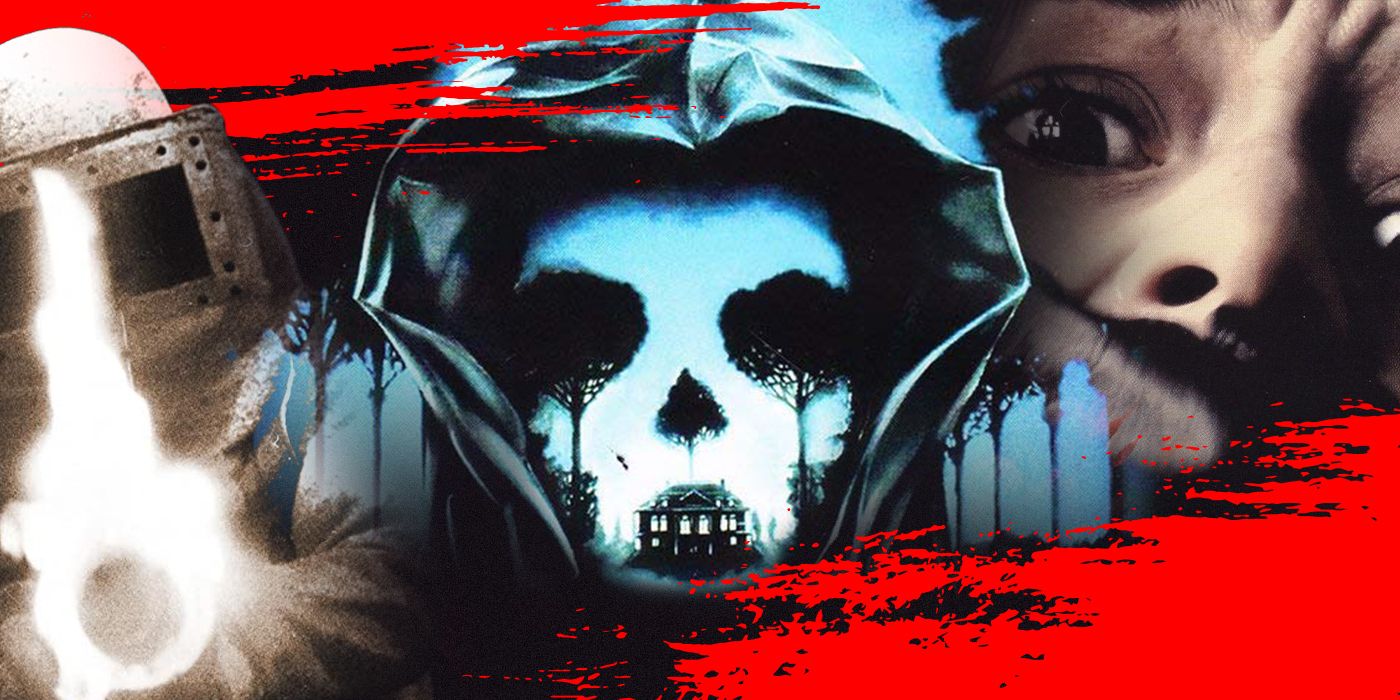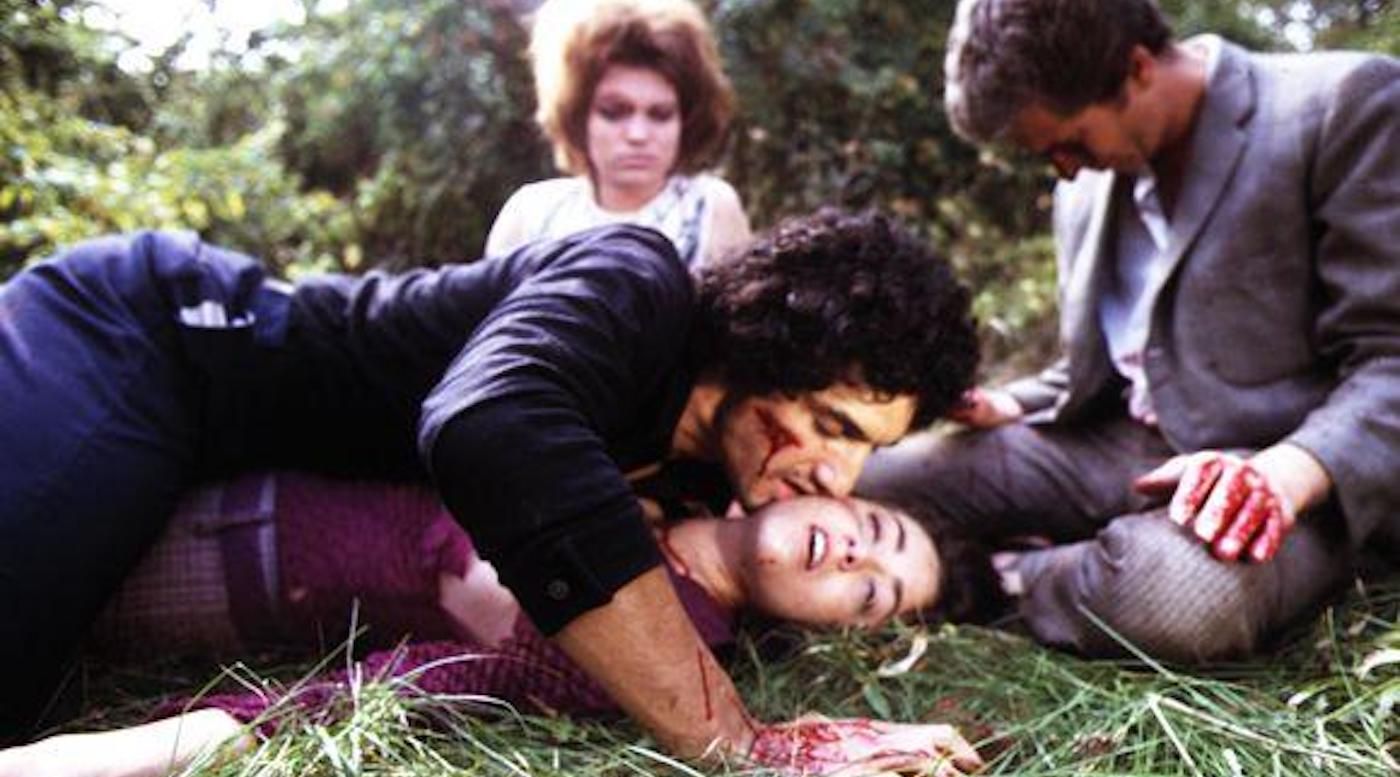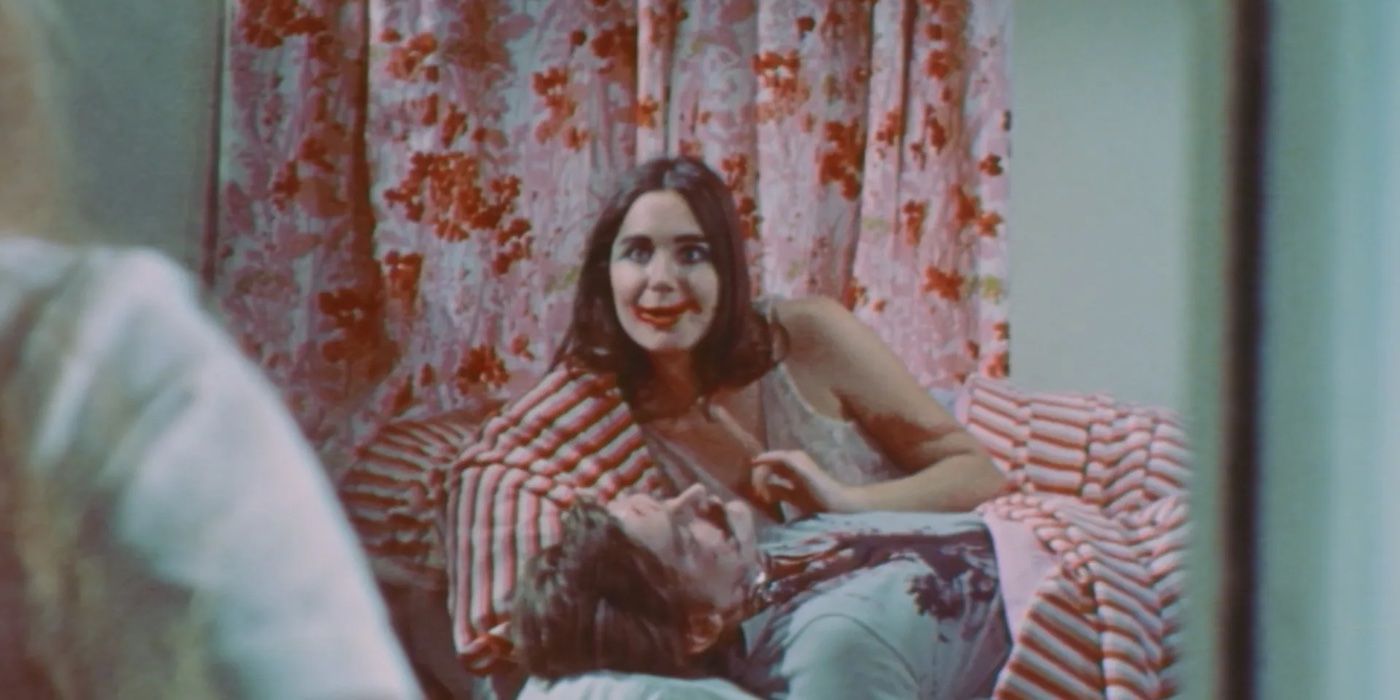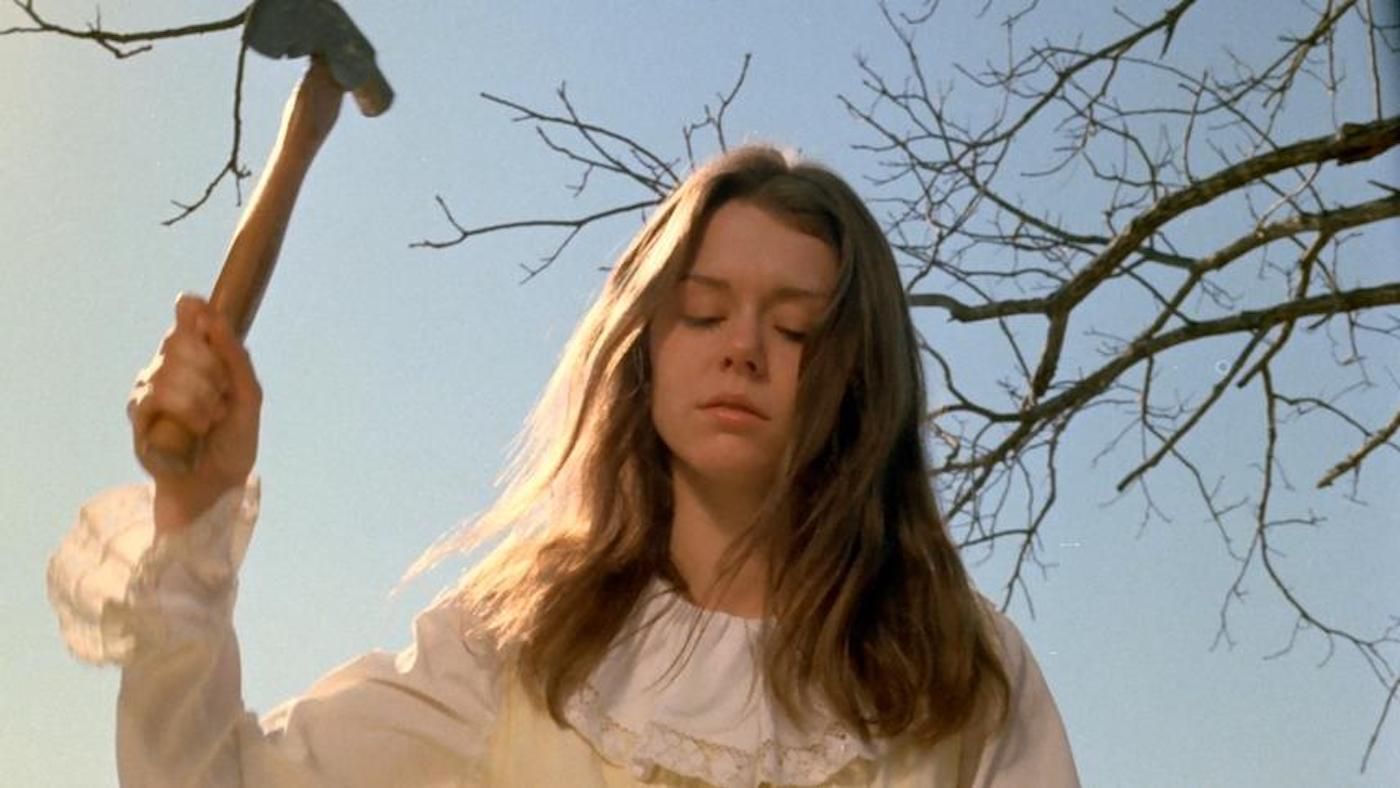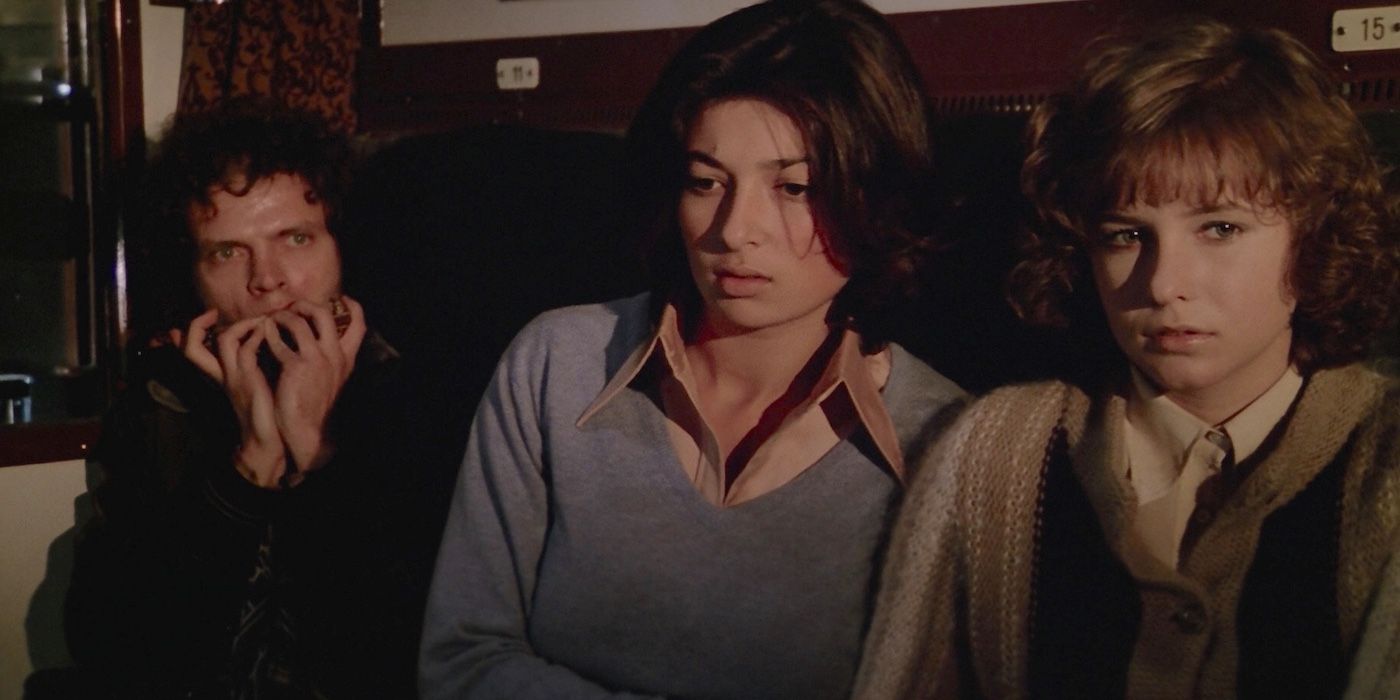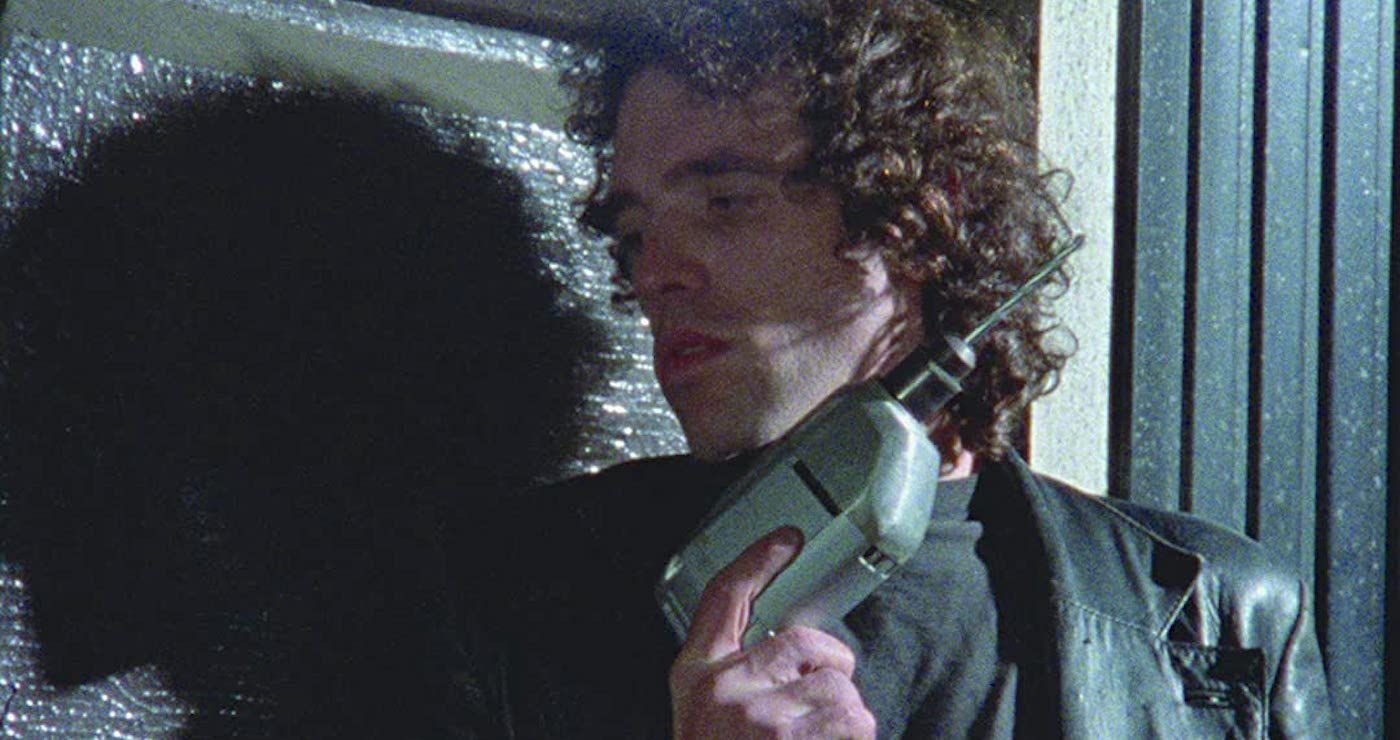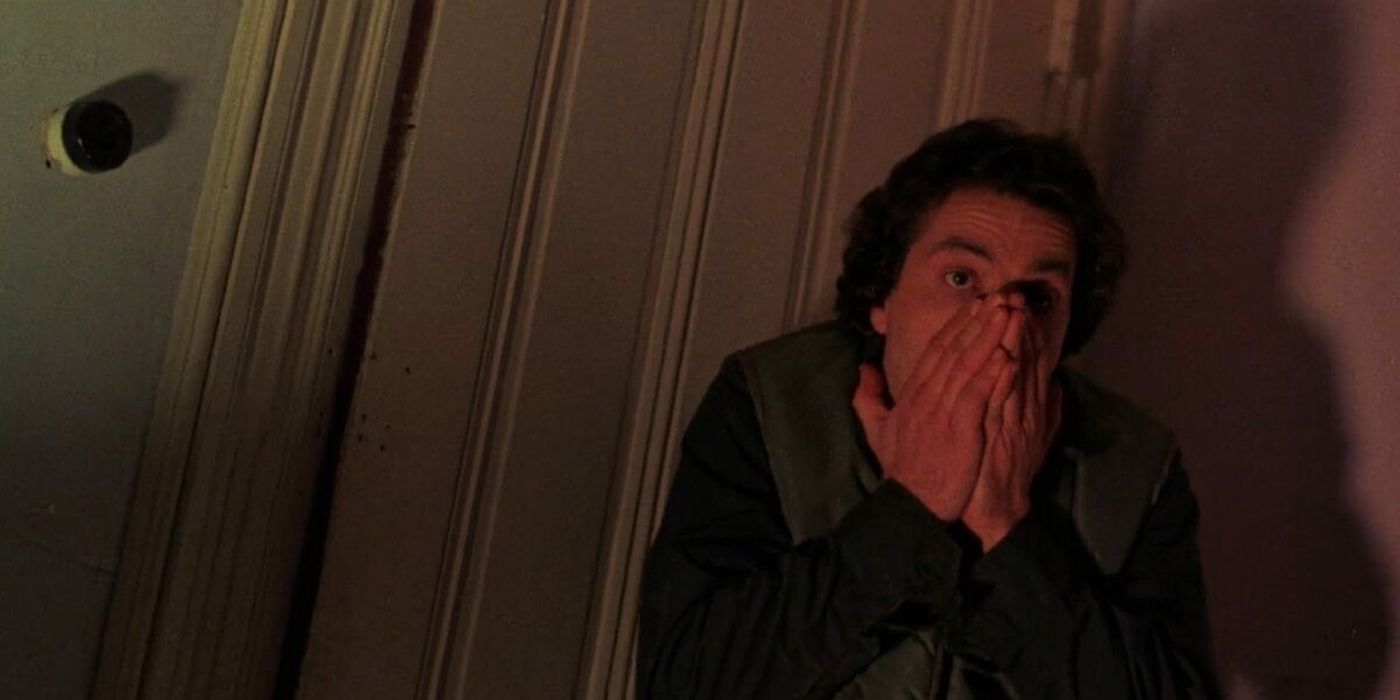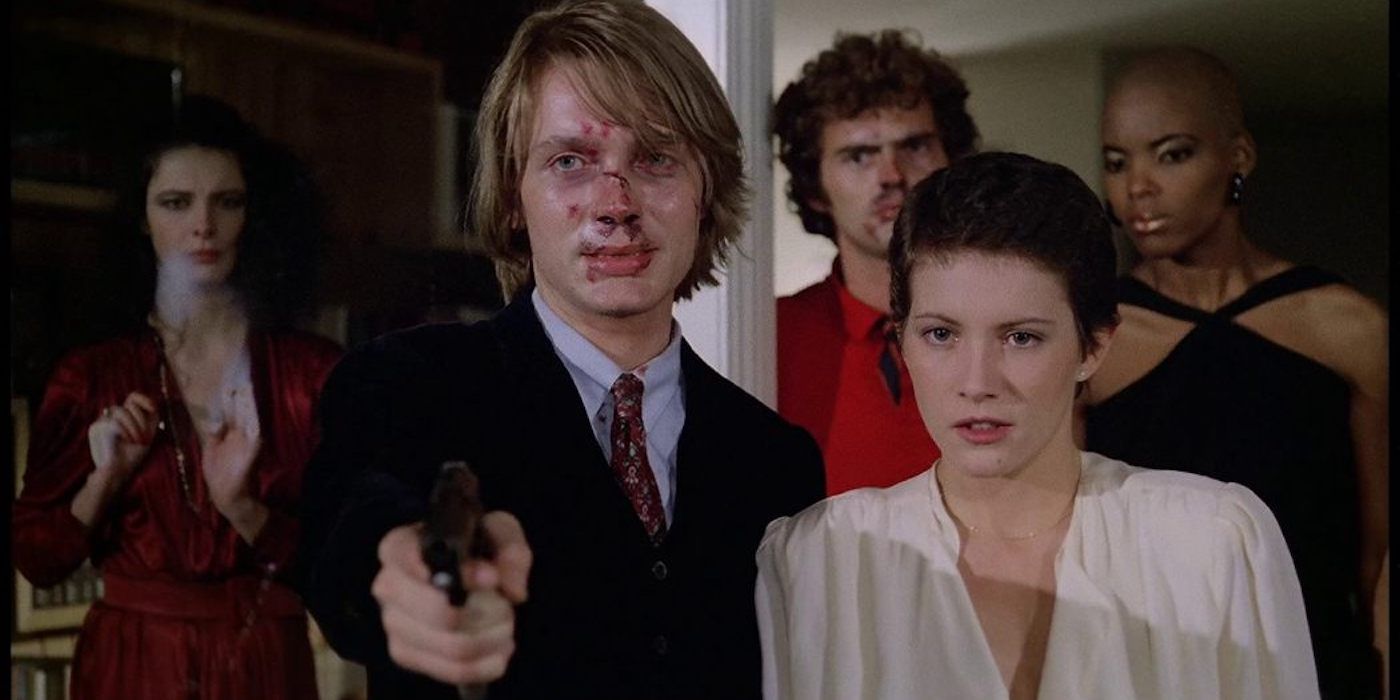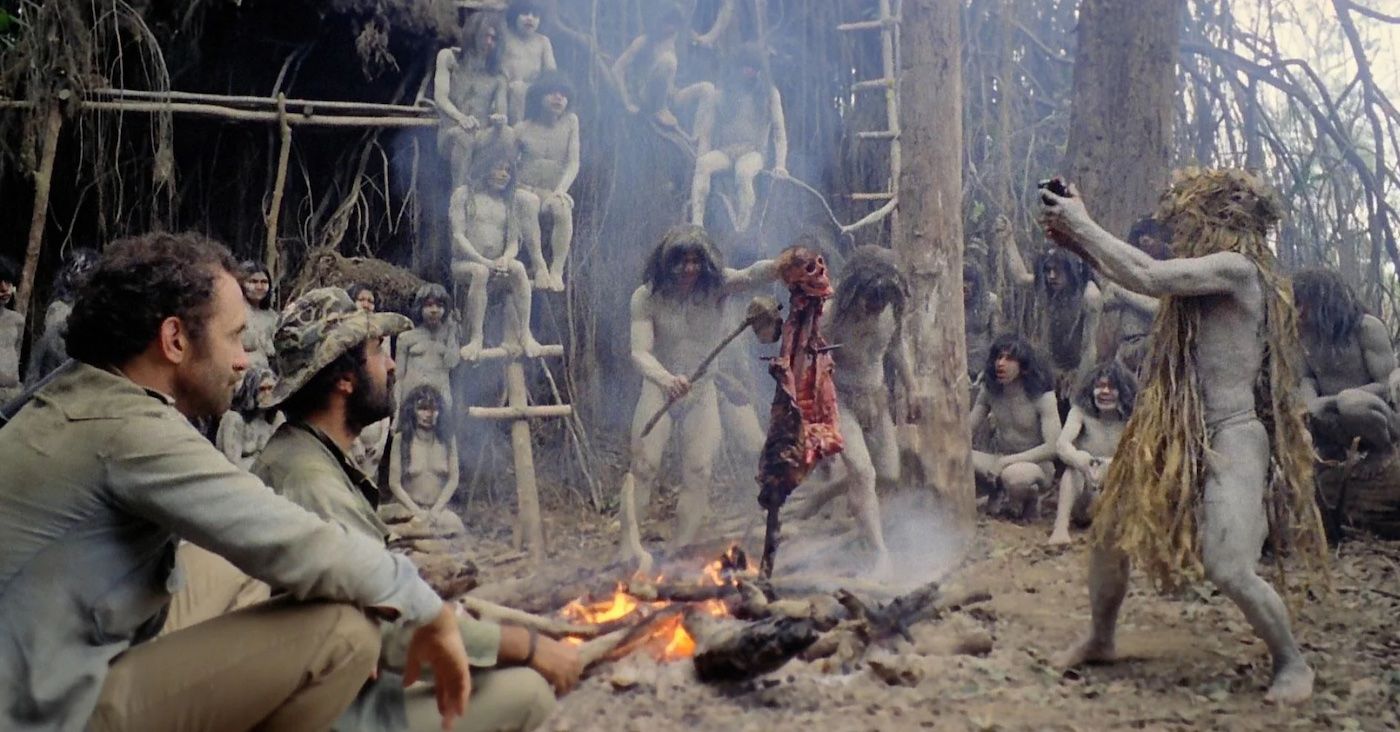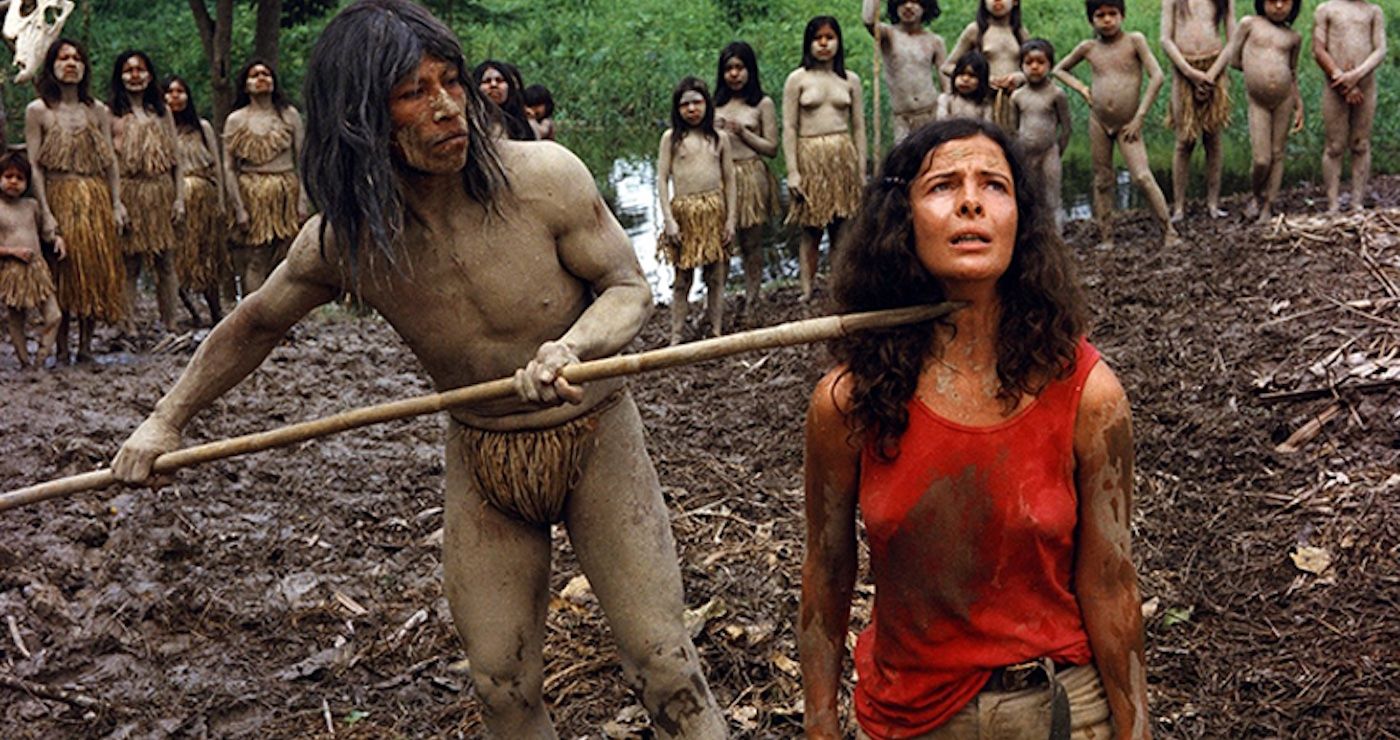Home video was a revolution in the entertainment market when it was launched in the late ‘70s, and by the time it really boomed in the early 1980s, its implications led to a moral panic. The fear was that home video could not be regulated in the same way that cinemas could, and that explicit material would be viewed by people it was unsuitable for. In the UK, the Director of Public Prosecutions compiled a list of movies considered obscene that could be banned or confiscated from stockists, which were dubbed "video nasties." While plenty of cheap, poor-quality exploitation flicks made it onto the list, there were just as many that were professionally crafted and explored interesting issues. Here are 9 video nasties that deserve to be checked out.
Last House on the Left (1972)
Wes Craven’s directorial debut, Last House on the Left, reimagines Ingmar Bergman’s The Virgin Spring through a horror lens. When Mari and Phyllis, two young hippie chicks, are kidnapped and assaulted in the forest, the gang of escaped convicts responsible have no idea that the house they seek shelter at is Mari’s. When her parents realize what these people have done to their daughter, they exact miserable, bloody revenge. A raw, unflinching look at violence and class conflict, it was simultaneously successful and controversial, elevated by strong creative vision, a talented cast, and directorial sensitivity. It made a big impact on the horror and exploitation genres, with many later movies looking to it for inspiration, from plot to marketing campaigns. Easily one of the best made and most compelling video nasties, Last House On The Left should be top of any horror fan’s list.
Don’t Look in the Basement (1973)
Also known as The Forgotten, this film surrounds a young nurse who starts a new job at a secluded psychiatric institute under the direction of a questionable doctor whose approach to treatment involves allowing patients to act out their delusions. When increasingly frightening and violent scenarios start occurring within the hospital, the nurse uncovers a terrifying secret about the staff and patients and finds herself fighting for her life and her sanity. While it’s a little cheesy in places, it delivers all the sex and violence that audiences expect from a ‘70s exploitation picture, and the casting of Playboy model Rosie Holotik offers plenty of eye candy. It’s a fun mystery story in a cool location that culminates in a fun and pretty unexpected twist ending, which puts Don’t Look In The Basement among the more memorable video nasties.
Axe (1974)
Axe, also known as Lisa Lisa, is an understated rape and revenge movie with more craft and measure than its contemporary I Spit On Your Grave. Lisa is a reserved young woman who lives in an isolated farmhouse caring for her disabled grandfather when three men arrive seeking a place to lodge for a while. When one of them tries to attack her, her quiet demeanor gives way to violent revenge, and the men come to realize that they have messed with the wrong person. A quiet shadowy movie whose mood reflects the brooding nature of its heroine, it harkens back to the traditions of ‘60s haunted house flicks with a rich, dark aesthetic while finding its place within the company of ‘70s exploitation. At only 67 minutes in length, it is an easy watch that is of much higher quality than the audience might expect.
Last Stop on the Night Train (1975)
One of the stronger movies to take direct inspiration from Last House On The Left, Aldo Lado’s Last Stop on the Night Train is the story of two girls on an overnight train home to Germany for Christmas who are attacked by three criminals, only for the gang to end up at the house of one of them. At times uncomfortable and downright heartwrenching, it really succeeds at portraying the girls’ terror and vulnerability whilst stirring the sympathy of the audience. A perfect example of Italian giallo that was so prominent at the time, it is grim, grizzly, and evocative, and aims to examine the human dynamics of power struggles, class war, and random violence. Last Stop On The Night Train is well-acted by a respected European cast and is visually atmospheric. It ends on a note of uncertainty that raises questions about the impact of violence.
The Driller Killer (1979)
As his first feature-length acting and directing credit, Abel Ferrara’s later success owes much to The Driller Killer. This grimy yet stylish exploitation flick follows Reno, a frustrated painter whose living situation and lack of professional success drive him to a breaking point. When he sees a TV advert for a portable battery pack belt, he finds his weapon of choice and starts attacking homeless people with a power drill. It functions as a fun time capsule of the bright, new-wave turn of the ‘80s, with a number of music and dance sequences while offering some memorable kills. Although its shocking poster featuring a drill bit piercing a man’s forehead attracted much concern from censors, it is not as explicitly violent as some of its counterparts, focusing mostly on Reno’s deteriorating mental state and doing so through some creative visuals and funky music.
Don’t Go in the House (1979)
A Psycho-esque thriller with a cool twist ending, Don’t Go in the House looks at the long-term impact of abusive upbringings. Donny is a reclusive pyromaniac whose fanatical mother spent his childhood obsessed with “burning the evil” out of him. When she dies, he goes on a murder spree, kidnapping women and burning them alive, while a concerned colleague and local priest desperately try to help him. Surprisingly convincing special effects are used for the movie’s most controversial sequences, while location shooting at the historic Strauss Mansion offers a creepy gothic atmosphere. A thoroughly unexpected revelation at the end blurs the lines of reality and underpins Donny’s mental deterioration, while a sensitive script aims to show him as a tragic figure, and examine the ways in which his past traumas eat away at him and cause him to hurt others.
The House on the Edge of the Park (1980)
On the heels of his controversial phenomenon Cannibal Holocaust, Ruggero Deodato enlisted the acting skills of Last House On The Left’s David Hess to bring the horror closer to home. Sometime after he attacks a young woman, mechanic Alex and his vulnerable sidekick, Ricky, invite themselves to a yuppie couple’s party, and chaos ensues. After an extensive and complex power play between supposed victims and antagonists, a twist ending settles scores and serves poetic justice. The epitome of early ‘80s Italian exploitation cinema, The House on the Edge of the Park combines sex, home invasion, and class war, and caused a stir with its unflinchingly visceral storytelling. Slick direction, great aesthetics, and strong performances make for a more professional film than is typical of the video nasties list.
Cannibal Holocaust (1980)
Cannibal Holocaust is not only one of the most infamous horrors in history, but it is directly responsible for establishing the idea of found footage in movies, a trend that has become commonplace in the last twenty years or so. So effective was its cinéma vérité style that it was suspected of being a genuine snuff film, with director Ruggero Deodato being charged with the murder of his cast members, and having to recreate gore effects in court to prove his innocence. A group of American filmmakers trek to the Amazon to document proof of human cannibalism, but when they fail to return, a university professor goes looking for them. He recovers their footage from a shrine in a native village, which brings to light shocking truths about the film crew, and what happened to them. Still shockingly gruesome but undoubtedly making a very relevant statement about the underlying barbarity of civilized culture, Cannibal Holocaust is an unexpectedly thought-provoking staple of the video nasties list.
Cannibal Ferox (1981)
Just a year after Cannibal Holocaust burst onto the Italian exploitation scene, Cannibal Ferox trod the same ground, but in a slightly different format and without such nuance. An anthropology student and her friends venture to the Amazon to disprove rumors of cannibalism and run into two shady men who have provoked the vengeance of a local tribe, bringing violence upon all of them. Although the same message that Cannibal Holocaust handled tactfully is shouted from the rooftops, it still proves to be a compelling and gory giallo flick. It draws attention to the corruptions of civilized society and how they pale in comparison to the defensive actions of endangered people. Exploitation stars Giovanni Lombardo Radice and Lorraine De Selle reunite after House On The Edge Of The Park, and a traditional style of cinematography allows for more narrative fluidity, while a certain amount of campy charm seeps through.

